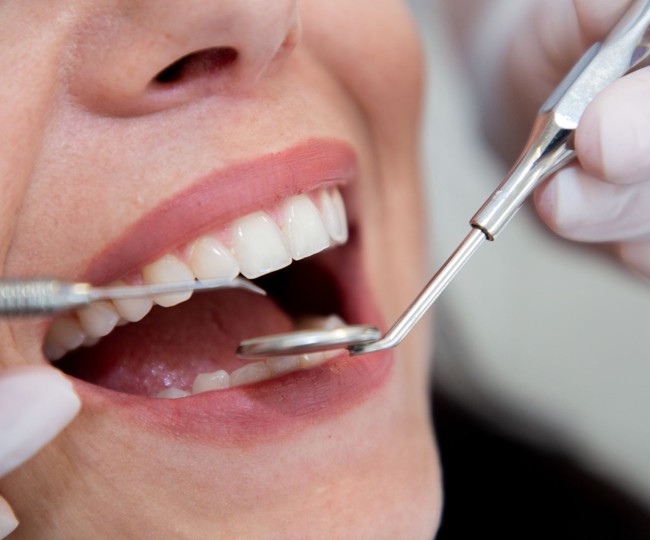Toothache – what to do when the pain can't wait?

Natural Ways to Relieve Toothache
One of the most well-known natural remedies for toothache is cloves. Its main ingredient, eugenol, acts as a natural anesthetic and antiseptic. You can place a whole clove next to the aching tooth and bite down gently, or use clove essential oil – a few drops on a piece of cotton wool that is placed on the painful area. It is important to be careful when using the oil, especially with children and sensitive people, as it can cause irritation.
Garlic is another natural ally in the fight against pain. When crushed, garlic releases allicin – a compound with strong antibacterial properties. A piece of fresh garlic can be placed directly on the tooth, or mixed with salt for an additional effect. Although the unpleasant taste and smell can be an obstacle, the effect on pain relief can be very fast.
An even simpler method is to rinse with warm salt water. This combination helps to clean the oral cavity, reduce the number of bacteria and relieve inflammation. Rinsing several times a day can significantly reduce discomfort, and the salt has a mild antiseptic effect.
Herbalists can try mint tea. In addition to soothing the gums, the menthol in the mint also has a mild anesthetic effect. Cool the tea and rinse your mouth with it, or place a chilled tea bag directly on the painful area for instant relief.
If you don’t have any of the above remedies on hand, raw onion can serve as a temporary substitute. While the smell isn’t the most pleasant, its anti-inflammatory and antibacterial properties can help soothe the irritated area.
Other home remedies for pain relief
In addition to herbal remedies, there are other methods that can help. Applying a cold compress to the outside of your cheek, in the area of the aching tooth, is often helpful. Ice wrapped in a clean cloth can reduce swelling and temporarily “numb” the nerve endings that transmit pain.
Some patients resort to acupressure techniques. Gentle pressure on the point between your thumb and index finger, known as LI4, can temporarily relieve pain due to its reflex effect on the central nervous system. While this method does not work for everyone, it does bring relief to some.
When to see a dentist?
No matter how helpful a home remedy may be, it’s important to note that none of them address the underlying cause of your toothache. If the pain lasts longer than 48 hours, or if you notice swelling, fever, bad breath, or gum discharge, it’s time to see your dentist right away. These symptoms could indicate an infection, which can quickly spread and cause serious complications if left untreated.
Prevention is the best medicine
The best way to avoid a toothache is to take regular, proper oral health care. Brushing your teeth thoroughly at least twice a day, flossing and using interdental brushes, and avoiding excessive sugar intake are just a few of the key steps. Also, don’t forget to get regular dental checkups—once or twice a year, depending on your individual needs.
Temporary help - permanent solution
Natural remedies can be useful in the first hours or days of a toothache, but they are not a substitute for professional dental care. Their greatest value lies in the fact that they help to bridge the period until professional diagnosis and therapy.
If you feel pain, don't wait until it becomes unbearable. With a timely examination, it is possible to prevent serious complications, and your smile will remain healthy and pain-free.
Author: Hrstić, DDS

